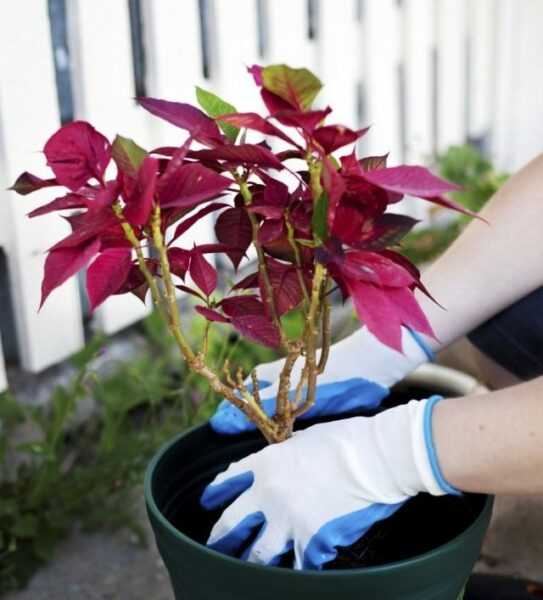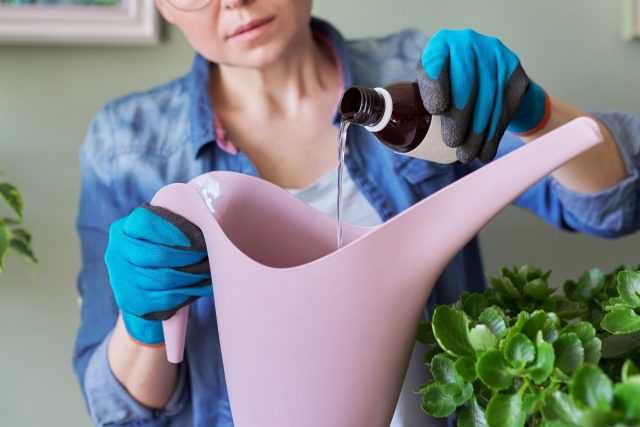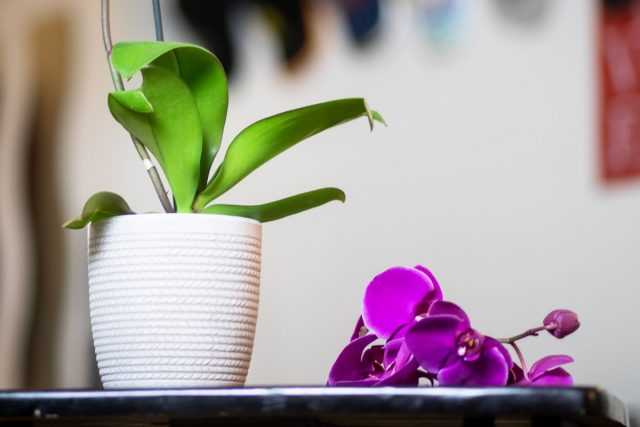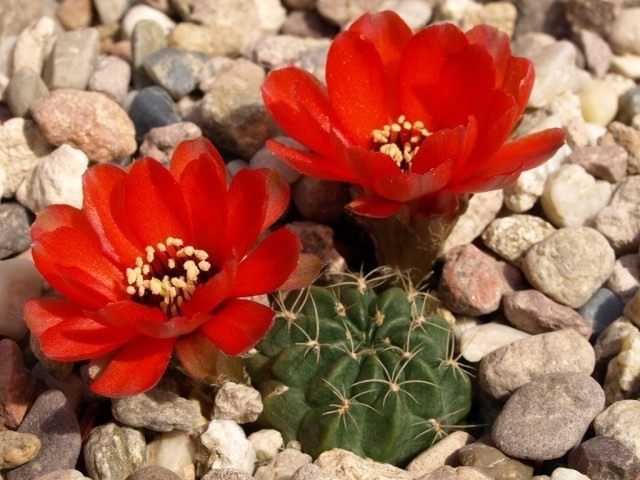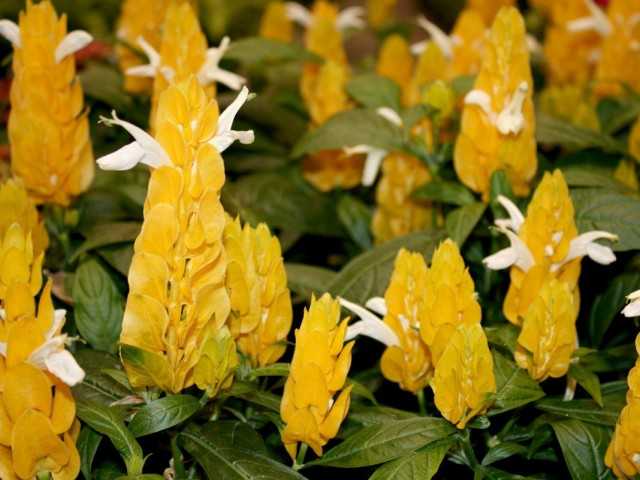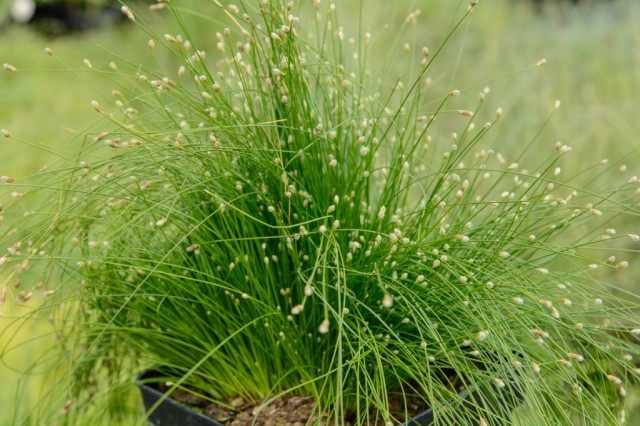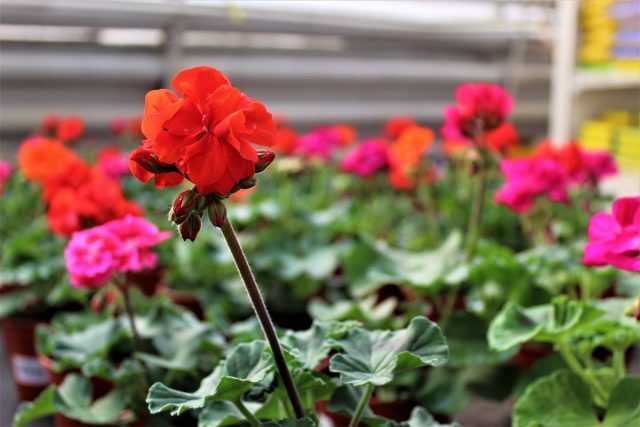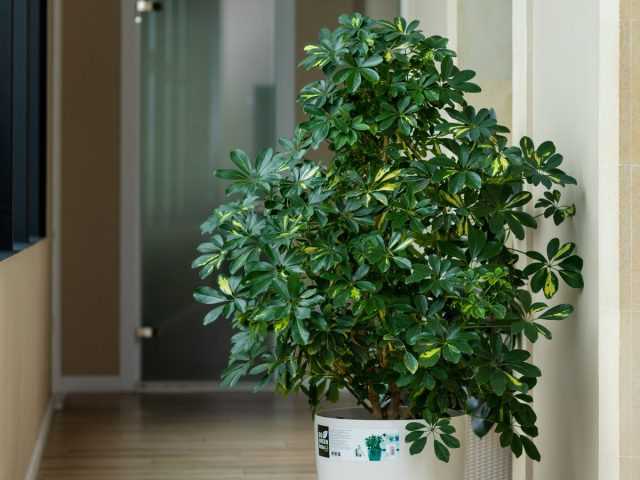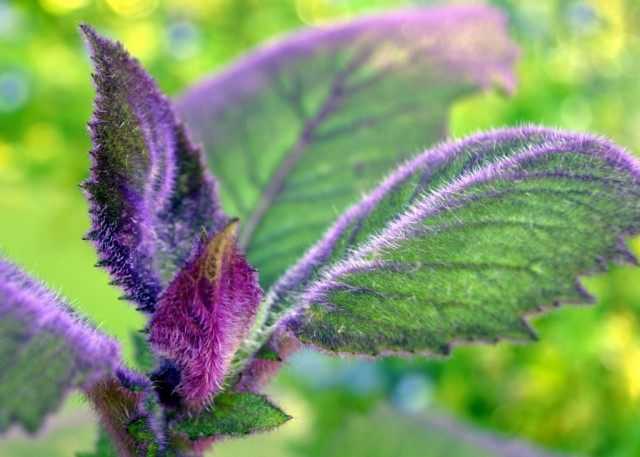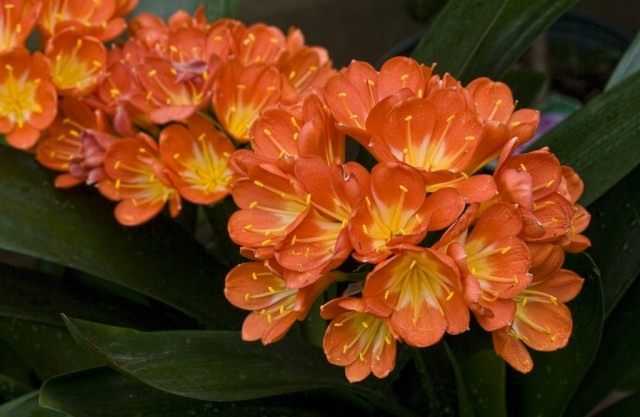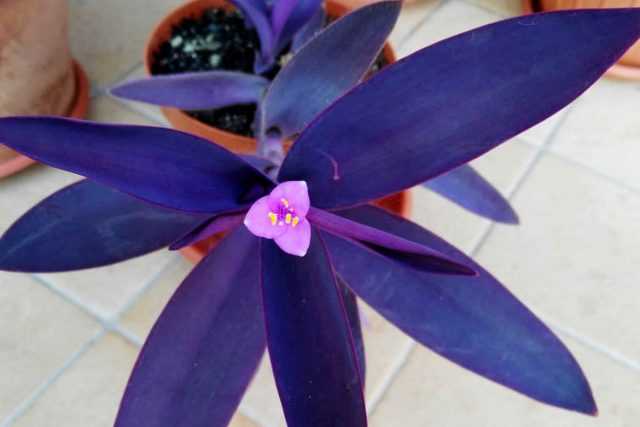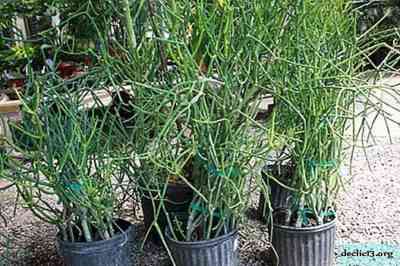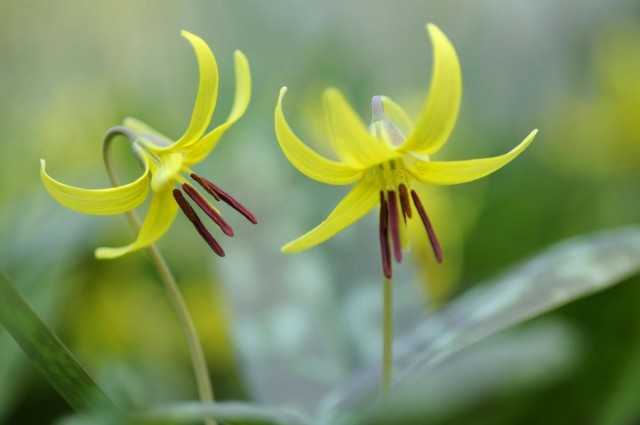Euphorbia resinifera (Euphorbia resinifera) is a perennial succulent native to hot Africa, growing on the slopes of the Moroccan mountains. The name of this species and illustrates one of its features: the frozen juice of euphorbia becomes a resin that is used for medical purposes.
- General description
- Purchase and adaptation
- Prerequisites
- Care
- Feeding
- Watering
- Transplanting
- Methods of propagation
- Diseases and pests

Euphorbia Milky – how to care for the plant
General description
The plant reaches a height of 80-120 cm, and in width can grow up to 150-200 cm. Outwardly, this species resembles a cactus.
Fleshy tetrahedral stems grow vertically, forming a large pillow in large numbers. They have sharp spikes and small brownish leaves that fall off quickly.
The color of the milkweed is green with a bluish tint. On top of it, small yellow inflorescences crown it.
With a break or other damage, a muddy juice flows from the plant. It irritates the skin and mucous membranes, so all work with euphorbia is carried out with gloves.
Stiffening, the liquid turns into a yellowish resin, which doctors and veterinarians use externally as an external drug.
Purchase and adaptation
You can purchase resinous euphorbia in a specialized store. The cost usually depends on the size of the flower. So, an adult beautiful specimen with a height of 70-80 cm is offered at a price of 4-6 thousand rubles.
When buying, make sure that there are no extraneous spots, deposits and damage on the trunk.
- Leave euphorbia quarantined for the first two to three weeks – away from other plants.
- Determine for him a warm place with good lighting, water as necessary.
- Regularly inspect the flower for signs of pests and diseases.
- It’s better not to transplant the euphorbia immediately, and after a month and a half, when he gets used to the new conditions.
Prerequisites
Culture is completely unpretentious to soil fertility – any soil with weak acidity is suitable reaction.
The best option is a special soil mixture for succulents, but you can also buy a universal one.
Since this color ok native to Africa and grows on the slopes of the mountains, he needs a lot of sunlight. A milkweed pot is best placed in the southern part of the house on a windowsill. The plant feels great under the scattered rays and adequately tolerates straight lines.
Ideal temperature:
- in summer – 25-26 ° C;
- in winter – from 14 ° C to 16 ° C, but not lower than 12 ° C.
Succulent calmly tolerates heat to 30-32 ° C.
Humid air not important – the euphorbia is quite resistant to droughts. However, in the summer, spraying will be useful to him. They will not only increase the humidity, but also wash off the dust from the trunk, refresh and enhance the decorative effect.
Care
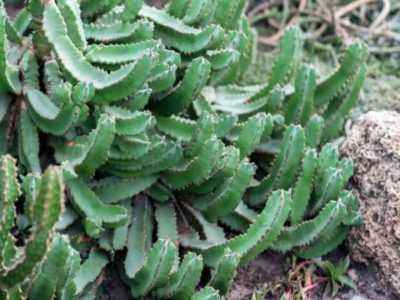
The plant is easy to care for
Euphorbia resinous is not too whimsical to the growing conditions.She loves light and does not tolerate waterlogging, needs more frequent watering in summer than in winter.
Simple care measures will be the best prevention and will help to grow a flower healthy, beautiful and pleasing to the eye.
Feeding
Feeding should be done moderately. You can feed a flower in spring or summer 1-3 times a season. Complex fertilizers for succulents or universal (without an excess of nitrogen) are suitable.
Watering
Water the plant as the topsoil dries up. Usually – once a week or a half. During the period of winter rest – less often (monthly). Use soft, settled water at room temperature.
Transplant
This type of milkweed is rarely transplanted because it grows slowly. A transplant is done every 4-6 years, when the root system becomes crowded in a pot. For resinous euphorbia, a high and stable container with holes at the bottom is chosen.
The procedure is carried out by the transfer method, always with gloves. The first layer is laid drainage, and then a new soil mixture. Make a deepening to the size of an earthen coma and carefully place the plant, after which they are watered and covered with a substrate.
Propagation methods
Euphorbia is propagated by cuttings or seeds. The first method is much simpler.
Cuttings are carried out in May. A branch of 7-8 cm long is cut and dried from the juice (the cut place on the parent plant is treated with crushed coal).Then it is kept for several hours in a root solution and placed for rooting in water or a substrate for succulents.
In the second method, mature seeds are sown in a mixture with sand or perlite in March. The soil is well moistened, and the container is covered with a film. After two to three weeks, sprouts appear. Seedlings are regularly watered and ventilated, and when it gets stronger – transplanted. Alternatively, you can immediately plant one seed in separate cups.
